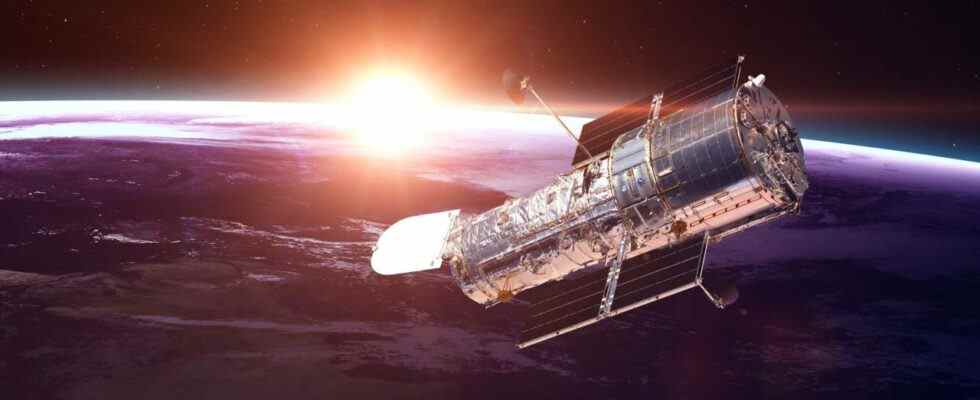NASA’s Hubble Space telescope has managed to take a picture of one of the oldest stars we’ve ever discovered. The name of this star, named Earendel, comes from the terms “Morning Star” and “Rising Light,” according to National Geographic.
Of course, considering Hubble’s discoveries so far, Earendel may not be considered very important. But when we look at how far away this star is and that it is marked among the oldest stars known to astronomers, we can say that it is a very important step.
Hubble has outdone himself: Here is Earendel, the oldest known star!
Astronomers attach great importance to the discovery made by the Hubble Telescope. Because he estimates that the star known as Earendel or Morning Star and Rising Light formed just 900 million years after the Big Bang.

This means that the star formed shortly after the universe came out of a total dark age. That is, it may be the oldest known star, as it existed shortly after known galaxies began to form.
Icarus, the oldest known star before Earendel, was found to exist 4.3 billion years after the Big Bang. In addition, while the light of this star takes 9 billion years to reach Earth, the light of Earendel takes 12.9 billion years to reach. So we can say that it is much older and farther away. It should also be noted that it is 50 times larger than our Sun.

One of the things that makes this discovery so surprising and special is how astronomers achieved it. Studying distant universes is in a sense like looking into the past. Because light takes so long to travel through space, scientists can see distant stars as they appeared millions or even billions of years ago.
In this case, we see Earendel as it was 12.9 billion years ago, when the universe was not very crowded and was still a young star. For this reason, we may be watching a star that does not actually exist right now. Here as an editor, I have to say this: Even though we can’t see the past of our own planet yet, we can see that of the universe. This is a tremendous situation that really excites me.
What do you think about this subject? Don’t forget to share your feedback with us on the SDN Forum or in the comments!

 shiftdelete.net
shiftdelete.net